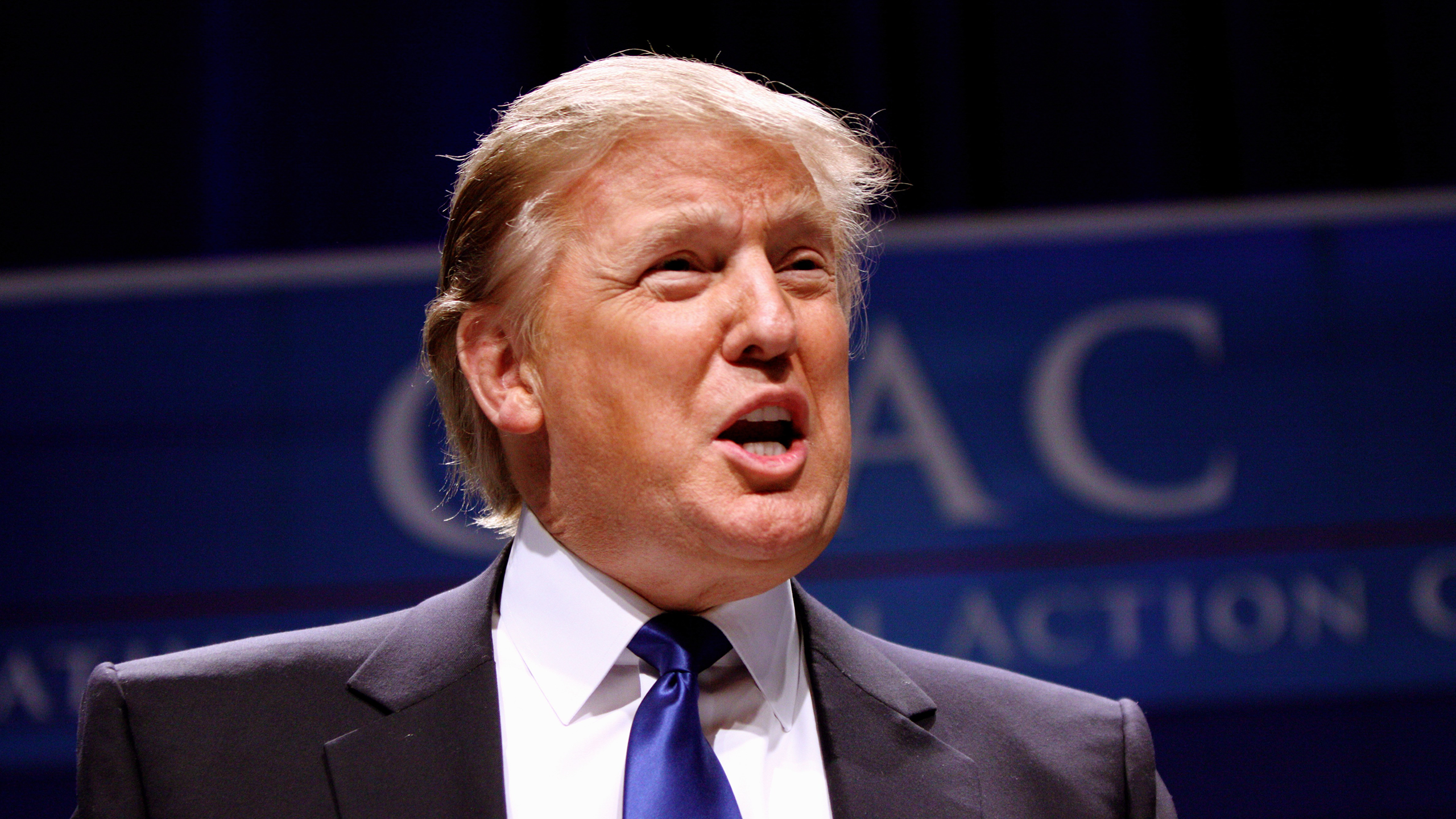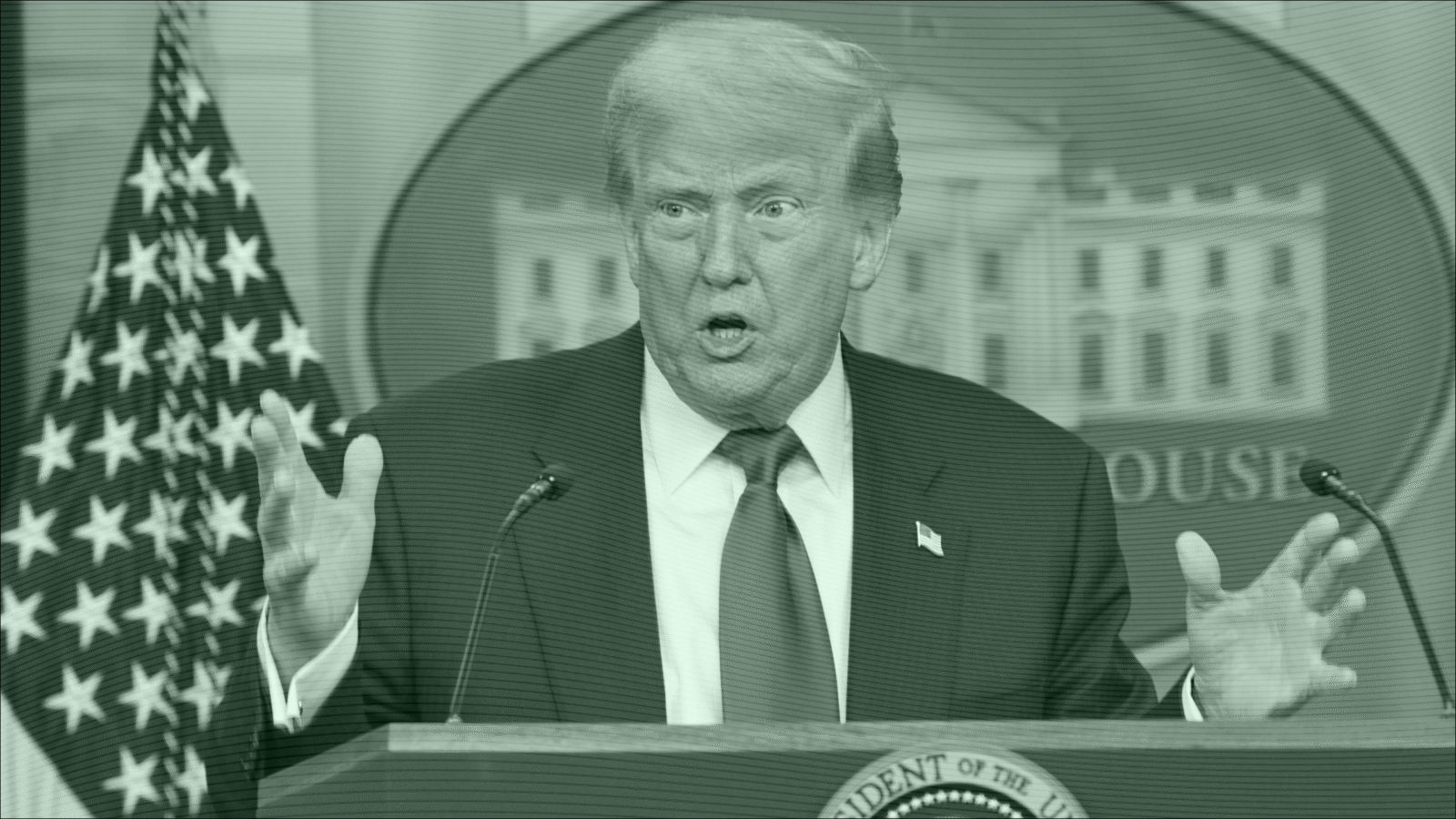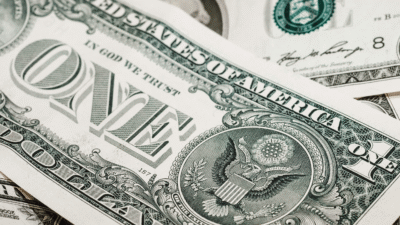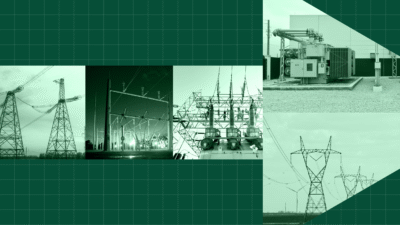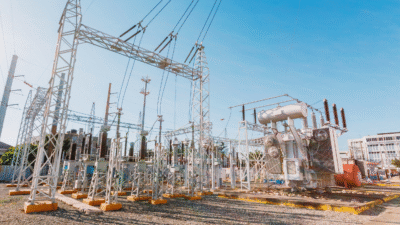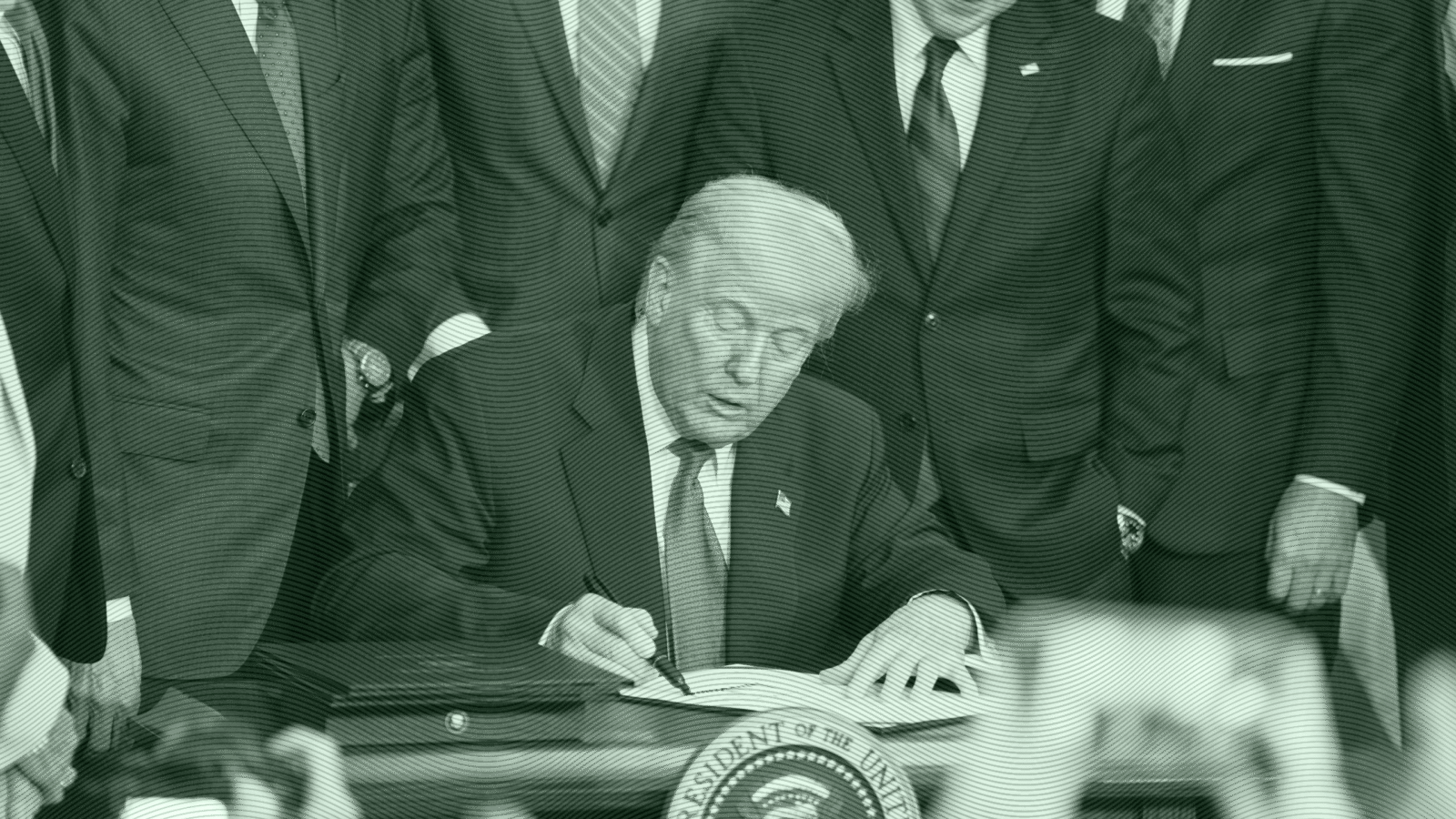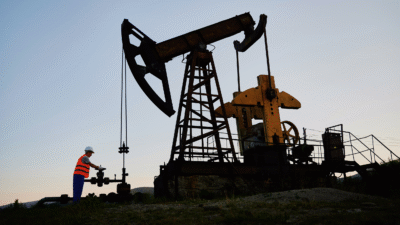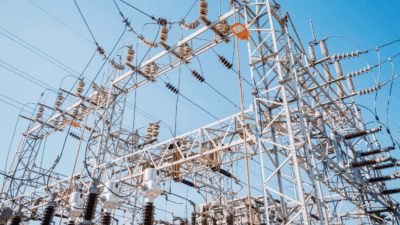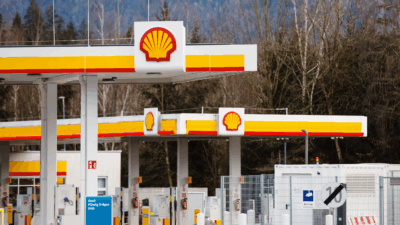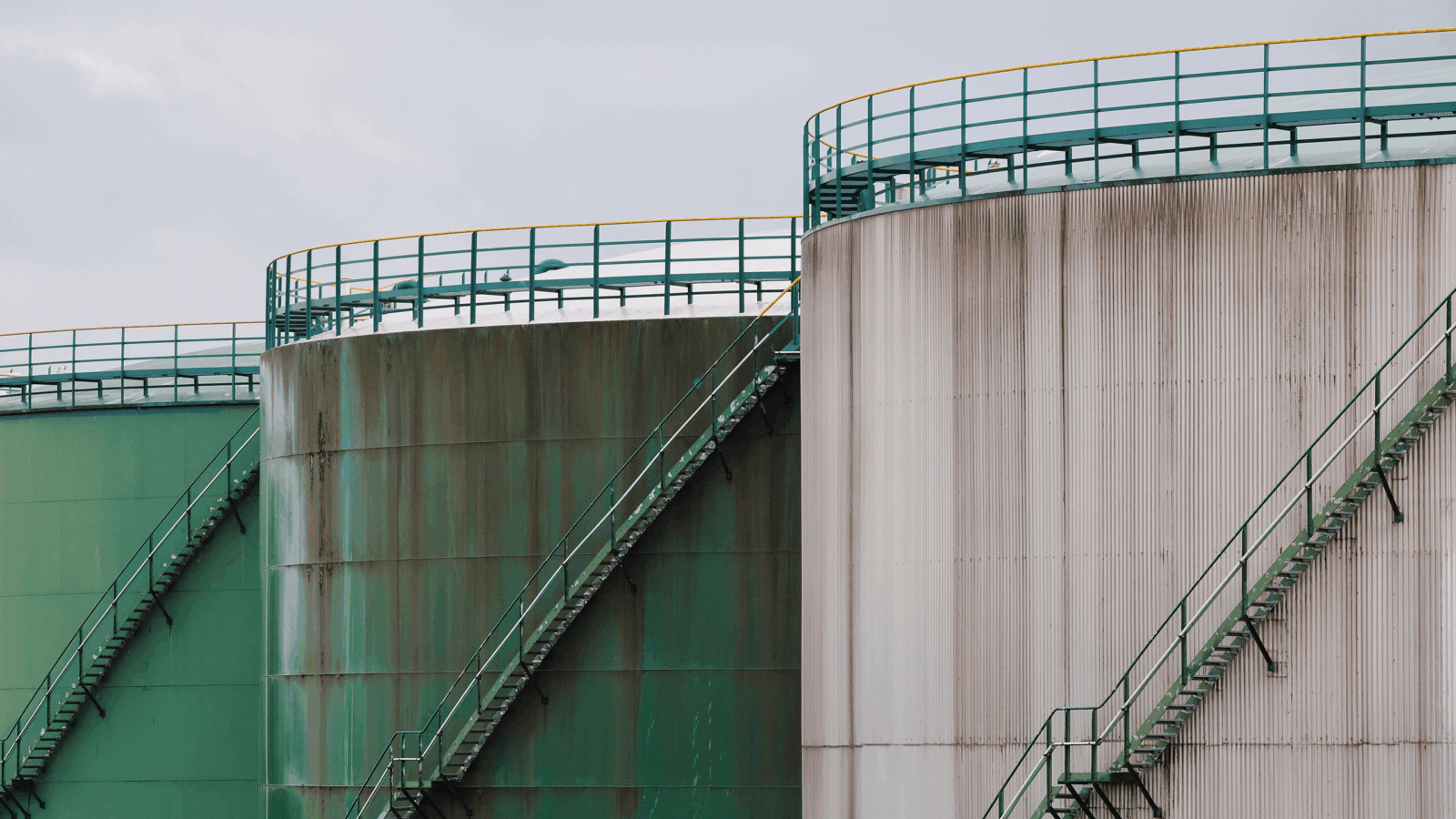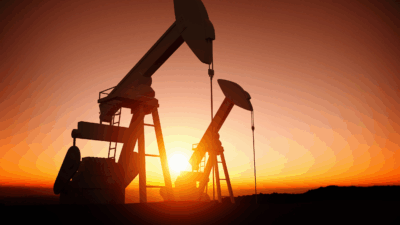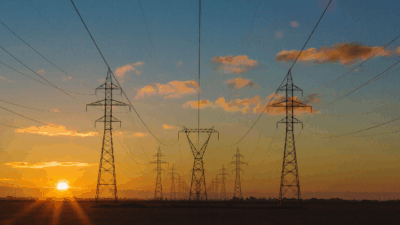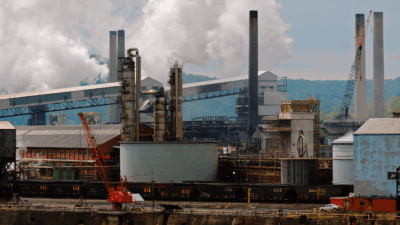OPEC+ and Trump Circle Each Other, But US Producers Are Playing Their Own Game
With Trump expected to chase increased oil exports and more drilling in the US, OPEC+’s fear of losing market share looms larger than ever.
Sign up for smart news, insights, and analysis on the biggest financial stories of the day.
America’s got the muscle, but does it have the patience to be a true oil master?
According to a Reuters report published Wednesday, members of OPEC+ are getting fidgety about what will happen to the oil market once President-elect Donald Trump retakes the White House next month. On the one hand, the oil industry overall might benefit from a pro-oil president. On the other hand, if US production ramps up, it could flood the market, especially with OPEC+ countries in the throes of their intricate how-much-do-we-cut-production dance.
Two-Way Wells
For most of this year, OPEC+ has been on a production-cutting mission with a view toward keeping oil prices as high as possible while demand ebbs away. The organization had planned on abandoning this strategy as 2025 rolled around, but the US election made it change tack, keeping its production-cut plan in place while it figures out how exactly to deal with a change of leadership in the world’s top oil-producing country, which already chomped into OPEC+’s market share under Biden.
With Trump expected to chase increased oil exports and more drilling in the US, OPEC+’s fear of losing market share looms larger than ever. But the change in the White House isn’t all bad news for OPEC+:
- “I think a return of Trump is good news for the oil industry, with possibly less stringent environmental policies,” one OPEC+ delegate told Reuters.
- There’s also the possibility that, despite encouragement from Trump, US production won’t actually ramp up the way the president-elect intends. Increased supply would drive prices down, and like OPEC+, US producers may prefer to keep production low to ensure it remains profitable.
“The fiscal realities of the shale producers limit the amount of additional oil that can be economically produced,” Mark James, interim director of the Institute for Energy and the Environment at Vermont Law and Graduate School, told The Daily Upside. “A new well needs between $64 and $72 per barrel of oil to make its breakeven point. Since Trump’s re-election, the average Brent crude price has hovered between $71 and $75 per barrel.”
Hard Rock: James added that on top of walking an economic tightrope, US oil producers have a hard geological reality to reckon with. “The best resources have already been tapped and there is little significant growth potential for the industry,” he said, adding: “No major US shale region has surpassed the productivity they enjoyed in 2021. New resources are more marginal and require greater investment to extract.” On OPEC+ versus Trump, James thinks OPEC+ is more likely to come out on top: “OPEC+ is playing a longer game and is willing to wait and see if the US industry can sustain its pattern of growth amid weakening markets. Trump made short-term promises in what has always been a long-view industry.”
